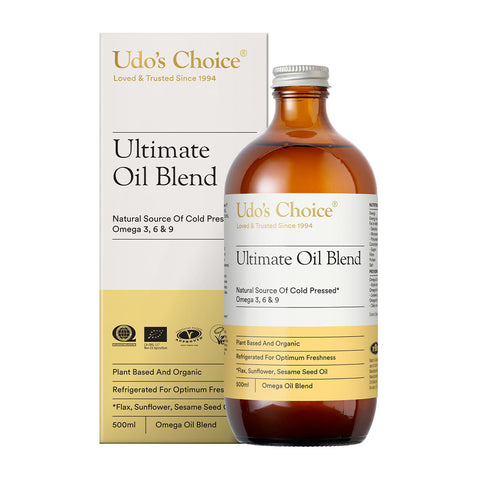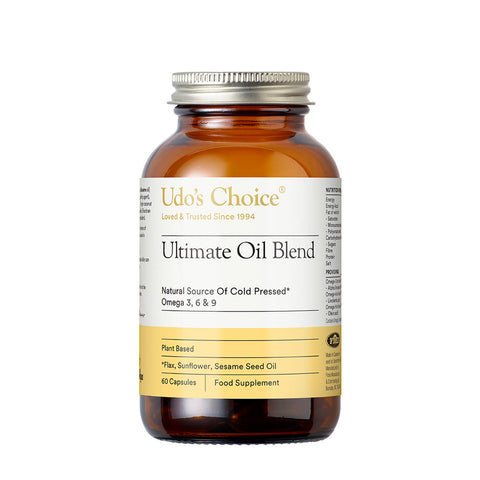One of the best ways to feed your skin, hair and nails is to eat whole foods that nourish your body from the inside out. Eating a rainbow of colours (think red, green, yellow, purple) provides a wide range of nutrients, vitamins, minerals and antioxidants that will nourish your body to strengthen your hair and nails and make your skin look soft, supple and more radiant.
Essential fatty acids
Essential fatty acids (EFA’s) are the ‘good fats’ that our body needs for regulating cell function. They maintain the integrity of cell walls and the function of cell membranes - this function plays an important part in skin health. Healthy skin cells that have a healthy membrane nourished in essential fatty acids, allow water and nutrients into the cell and wastes and toxins to pass out of the cell.
"Youthful skin is full of plump, water-filled cells and the skin’s ability to hold water decreases with age."
Essential fatty acids form a water barrier around skin cells preventing moisture loss, therefore hydrating your skin from the inside out leaving your skin feeling and looking soft, supple and smooth.
Whilst fat has long been seen as an enemy in the eyes of most women, the essential fatty acids omega 3 and 6 are vital for keeping our skin hydrated. A lack or imbalance of EFA’s can lead to dryness, redness, acne, eczema and psoriasis-like inflammatory skin conditions, cracked heels and other skin damage.
"Dry dull hair and weak brittle nails can be a sign of lacking essential fatty acids in the diet."
Hair, skin & nails
Other important nutrients to incorporate into the diet to nourish hair, skin and nails are biotin, zinc, vitamin C, selenium, vitamin A, vitamin E and amino acids (protein). These nutrients are abundant in whole foods such as avocado, eggs, green leafy vegetables (kale, spinach, collards), nuts and seeds, oats, quinoa, spelt, sweet potato, salmon, citrus fruits and algeas and grasses.
Marine algae (water based) sources of greens include spirulina, dulse and chlorella. These types of green powders are very nutrient dense and often recommended in supplemental form for their health benefits. Marine powders are available on their own, but they do have a strong algae taste so they are often preferred when mixed in blends, such as Udo’s Choice Beyond Greens.
Spirulina is a complete protein containing 60-70% protein, plus an excellent source of calcium, potassium, b-vitamins, vitamin A, magnesium, zinc and iron. Chlorella is also a great source of protein at 50-55%, as well as, vitamin A, B-vitamins, magnesium, iron and zinc. Dulse is a rich source of vitamin B12, vitamin A, vitamin B6 and vitamin C, potassium, calcium, chromium, iron and magnesium. Additionally, marine algae’s are a superior source of chlorophyll.
Wheatgrass and barley grass contain vitamin A, vitamin C, vitamin K, B-vitamins, iron, zinc, copper, manganese and selenium. Alfalfa is rich in vitamin K, zinc, copper, magnesium and vitamin C. Rye and oat grass have similar nutrient content to other grasses and they all are a good source of dietary fibre.





